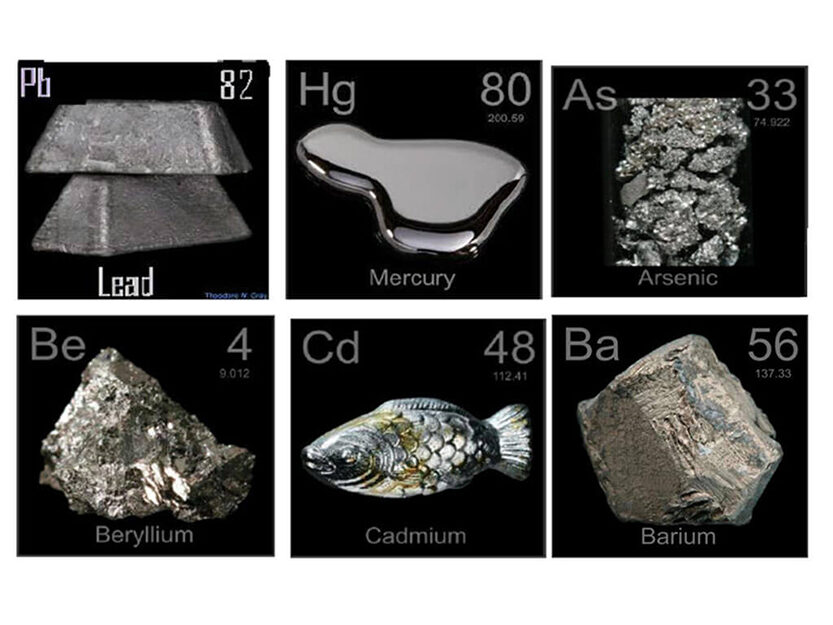Toxic Elements In E-Waste
Electrical and electronic equipment contains materials out of which a few are hazardous metal and have very adverse effect on human health as well as on environment if not disposed properly. Although some naturally occurring substances are nontoxic in nature their use in the manufacturing of electronic devices often results in compound formations which are hazardous to environment (e.g. chromium becomes chromium VI). The following is the list of most toxic elements found in e-waste.
Arsenic
Arsenic is found in cathode ray tube and light emitting diode. Arsenic is a poisonous metallic element found in dust and soluble substances. Exposure to arsenic can lead to various diseases of the skin resulting in decrease nerve conduction velocity and can also lead to lung cancer.
Beryllium
Beryllium is found in CPUs. Beryllium has recently been classified as a human carcinogen because exposure to it can cause lung cancer. Exposure to beryllium can also cause a form of skin disease that is characterized by poor wound healing and wart-like bumps.
Brominates
Brominates flame retardants (BFRs) are found in circuit board and the plastic used in electronics.BFR are found in indoor dust and air, through exodus and evaporation from plastics. Burning of halogenated case material and printed wiring boards at lower temperatures discharge toxic emissions including dioxins which can lead to severe hormonal disorders. Many electronics manufacturers have started to phase out BFRs because of their toxicity.
Mercury
Mercury is found in fluorescent lighting, thermostats and flat screen monitors. Mercury is one of the most toxic yet commonly used metals in the production of electrical and electronic devices. Mercury is so much toxic that if it is ingested and inhaled then it can cause brain and liver damage.
CFCs (Chlorofluorocarbons)
CFCs (Chlorofluorocarbons) is found in air condition and refrigerator. Chlorofluorocarbons are compounds composed of carbon, fluorine, chlorine, and sometimes hydrogen. Used mainly in cooling units and insulation foam, they have been phased out because when released into the atmosphere, they accumulate in the stratosphere and have a deleterious effect on the ozone layer. This results in increased incidence of skin cancer in humans and in genetic damage in many organisms.
Lead
Lead is found in batteries, solder and glass from CRT monitors. Lead is the fifth most extensively used metal after iron, aluminium, copper and zinc. Short-term exposure to high levels of lead can cause vomiting, diarrhoea, convulsions, coma or even death. Other symptoms are appetite loss, abdominal pain, constipation, fatigue, sleeplessness, irritability and headache. Continued excessive exposure, as in an industrial setting, can affect the kidneys. It is particularly dangerous for young children because it can damage nervous connections and cause blood and brain disorders.
Alternate Usage Of Gadgets
Find alternate usage of your gadgets. As mobile phone can be used for multiple purposes such as mp3 player, storage device, camera etc, so why to use other equipments unnecessarily.
Avoid Ugrading Electronic Devices Often
Avoid upgrading of electronic devices at much faster rate. Oppose the advise to upgrade and replace mobile phone or other electronic gadget each time a new version comes to market with latest technology.










